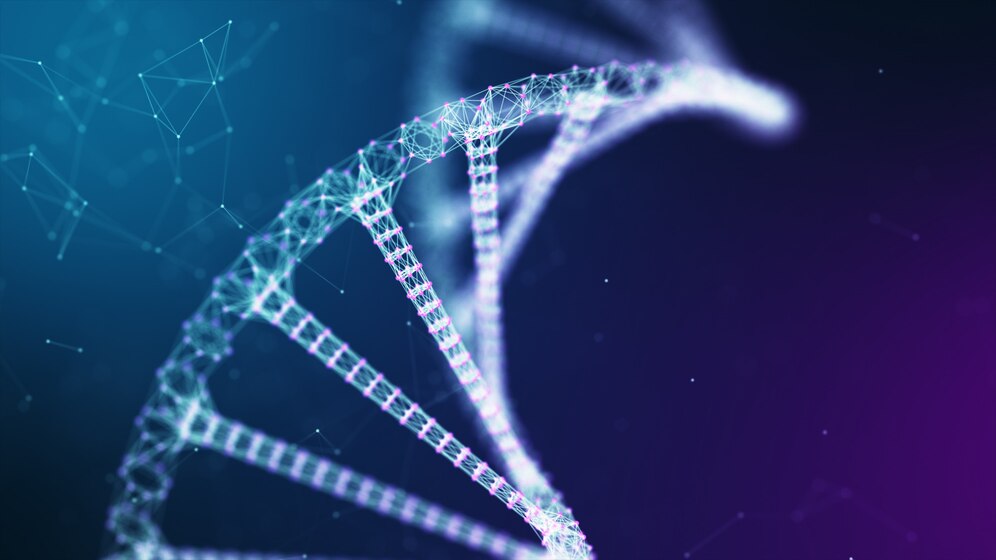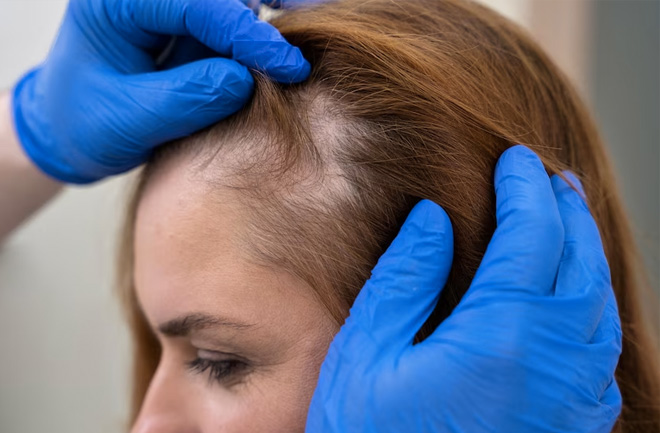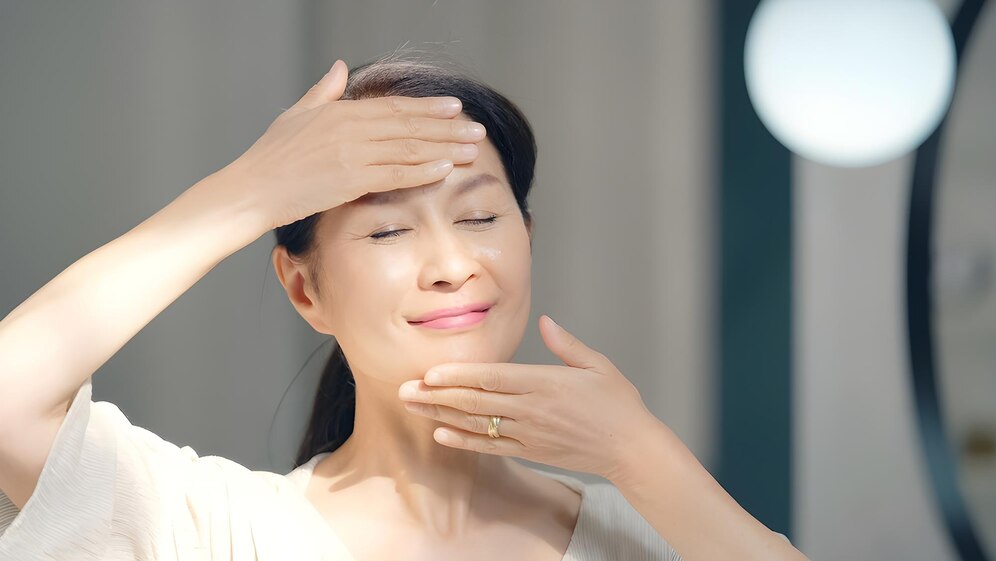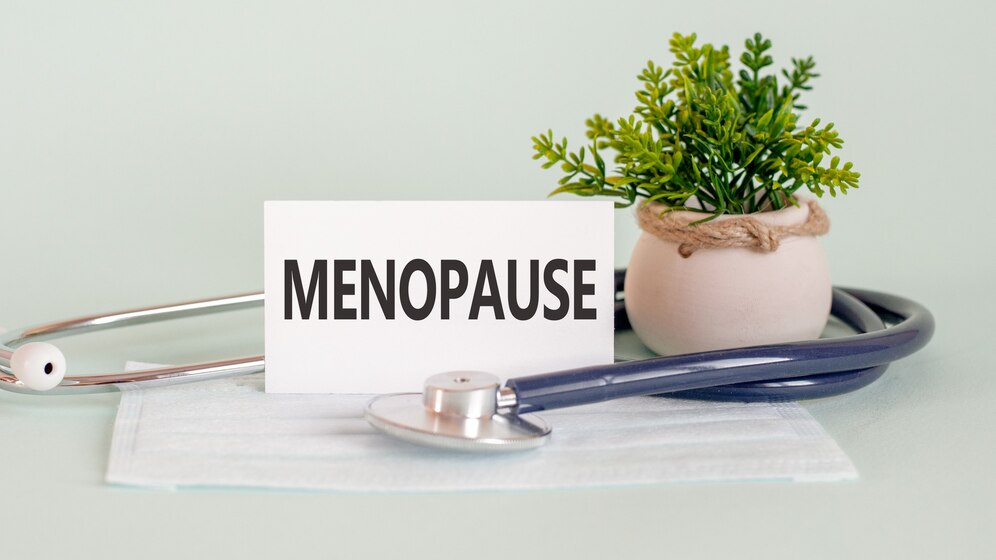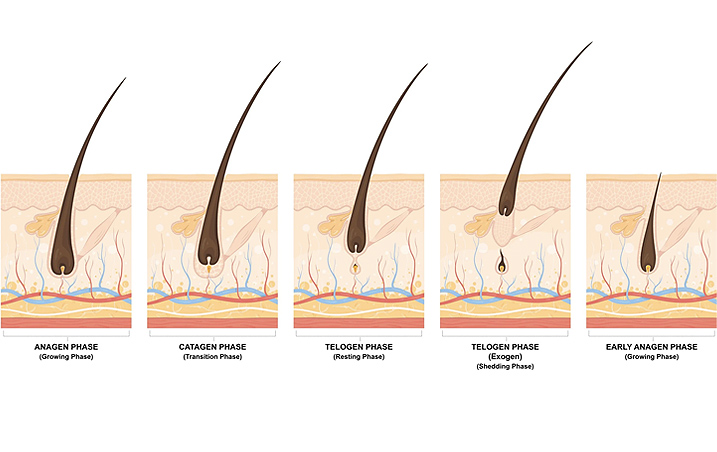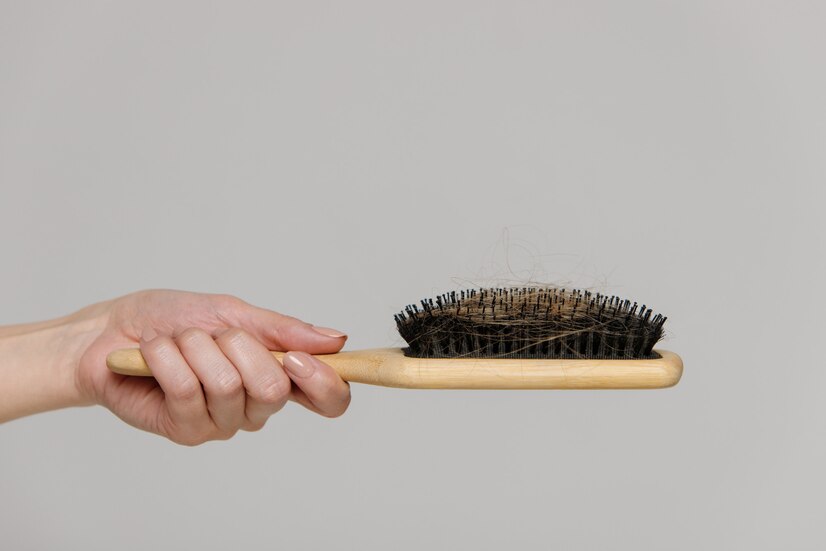Many people consider hair loss affects men only. However, it’s quite common in women too. Statistics show that over 50 percent of women experience hair loss. It is characterized by thinning hair, giving the appearance of sparser spots of hair on the head.
Moreover, as it happens gradually, you can pinpoint the cause and seek the best treatment measures to manage the condition better.
Common Causes of Thinning Hair in Women
Thinning hair in women is likely to be triggered by the following: Lifestyle habits such as:
- Over treating of the hair such as perms, relaxers, and color treatments
- Using harsh and chemical-based hair products like gels and extreme-hold hair sprays
- Wearing tight ponytails or hairstyles which tug the hair and break it from the follicles
- A poor diet that doesn’t include folic acid, essential minerals, and iron
- Suffering from chronic stress upticks cortisol hormones which can fill new hairs that are ready to grow.
Hair loss can be hereditary or triggered by a medical condition. You might experience thinning hair if you:
- Had a baby recently
- Stopped using birth control pills
- Are going through hormonal changes
- Lost weight fast
- Are being treated for an autoimmune disorder
- Have immune system deficiencies
- Have vitamin D deficiency
In some women, thinning hair may be triggered by female-pattern hair loss (FPHL). This condition affects 1/3 of susceptible women, equal to 30 million women in the US. It is caused by:
Genes
Your family genes may cause thinning of hair at the top of the head.
